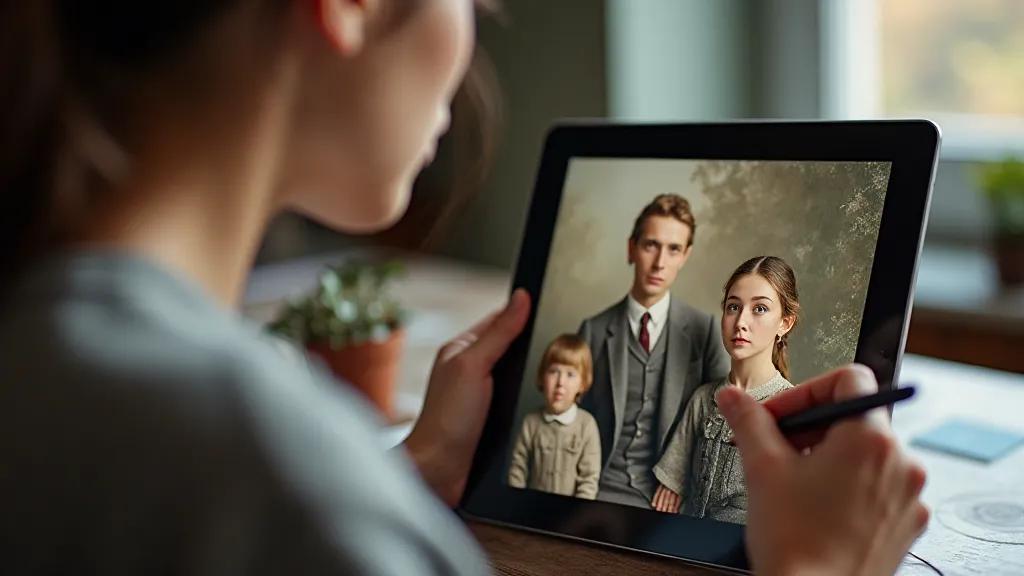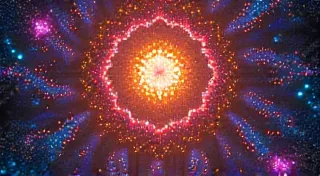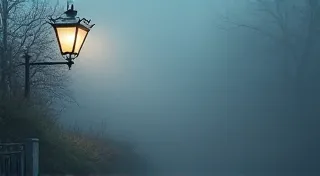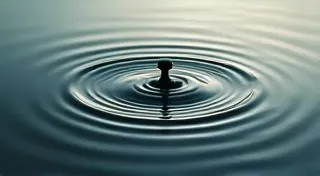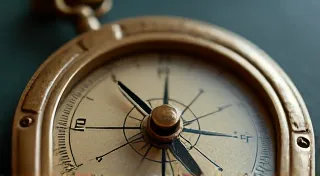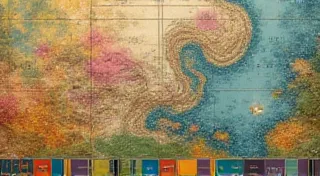Digital Alchemy: Transforming Pixel Dust into Living History
There’s a quiet magic in holding an antique postcard. A tangible link to a past era, often bearing a faded, monochrome image – a bustling street scene, a stoic family portrait, a grand hotel long since vanished. These aren't just pieces of cardboard; they’re whispers from the past, holding untold stories within their brittle surfaces. For years, these memories existed only in grayscale, their vibrancy lost to time. But the rise of digital artistry has breathed new life into these historical treasures through the fascinating process of postcard colorization. It’s more than just applying hues; it’s a delicate act of interpretation, a form of digital alchemy.
My own journey into postcard colorization began somewhat unexpectedly. I’m a collector of vintage maps, and the constant need to digitize and restore them led me down the path of digital photo restoration. Seeing the potential to bring similar life back to these fragile postcards captivated me. It felt like uncovering a secret, revealing the world as it once appeared to those who lived it. The technical skill involved is certainly a factor, but it's the emotional connection – the feeling of responsibility to honor the original image and the people depicted – that truly drives the process.
The Foundation: Understanding the Antique Postcard
Before even touching a digital brush, it’s crucial to understand what you’re working with. Antique postcards weren’t mass-produced with the precision of modern prints. The paper stock was often lower quality, the printing methods (usually halftone processes) were limited, and the images themselves were often taken with rudimentary cameras. Damage is almost guaranteed: scratches, stains, fading, and tears are all part of the story. Knowing these limitations informs your restoration approach. Aggressive techniques can erase the authentic character of the postcard, while a gentle hand can enhance its beauty without sacrificing its historical integrity.
Consider the context of the postcard, too. When was it likely created? What was the intended audience? Researching the era can give you clues about the likely colors of clothing, buildings, and landscapes. While artistic license certainly exists, grounding your color choices in historical accuracy adds another layer of depth and respect to the process.
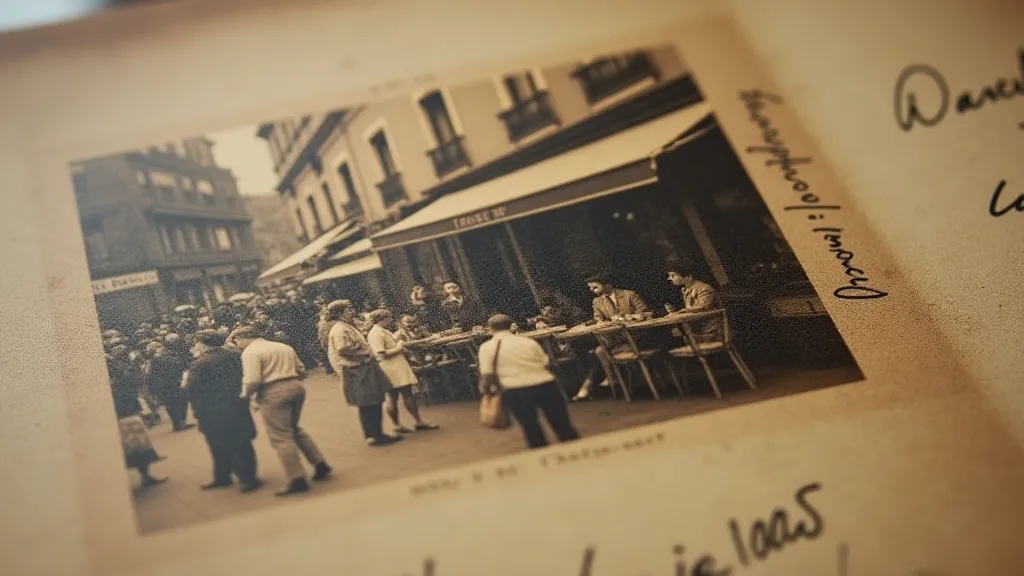
The Digital Restoration Workflow: A Beginner's Guide
The process of postcard colorization isn’t a single click; it’s a layered workflow involving several stages of digital photo restoration. Here’s a breakdown of foundational techniques, geared towards beginners:
1. Noise Reduction: Clearing the Grain
Antique postcards often exhibit significant grain – the visual "noise" introduced by the printing process and the age of the paper. Excessive noise can obscure details and make colorization incredibly difficult. Software like Photoshop, GIMP (a free alternative), or Affinity Photo offers noise reduction filters. Use these sparingly; over-smoothing can result in a "plasticky" appearance. The key is to reduce the noise without sacrificing texture.
2. Contrast Adjustment: Reclaiming Detail
Fading is another common problem. Low contrast makes it difficult to distinguish between different elements in the image. Adjusting the contrast brings back detail and enhances the overall visual impact. Use curves and levels adjustments for precise control. Pay close attention to the shadows and highlights; subtle shifts can make a significant difference.
3. Dust and Scratch Removal: A Gentle Touch
This stage requires a delicate approach. The spot healing brush and clone stamp tools are your best friends. Zoom in and carefully remove individual blemishes, paying attention to the surrounding textures. Avoid creating repetitive patterns; variety is key. Remember, a few imperfections are perfectly acceptable; they are a testament to the postcard’s age.
4. Colorization: Bringing the Past to Life
This is the most creative – and potentially challenging – stage. There are several approaches to colorization. Some artists prefer a full-color approach, meticulously recreating every hue. Others opt for a more subtle, selective colorization, highlighting specific elements while leaving the rest in grayscale. Experiment to find a style that suits your vision. Use reference images from the period to guide your color choices. Think about the lighting conditions; shadows should be cool, highlights warm. Don’t be afraid to experiment, but always prioritize accuracy and sensitivity.
Color theory is invaluable here. Understanding complementary colors, warm and cool tones, and color harmony will elevate your colorization work from amateurish to professional. Learn about the prevalent color palettes of the era – the greens of clothing, the browns of buildings, the hues of the sky.
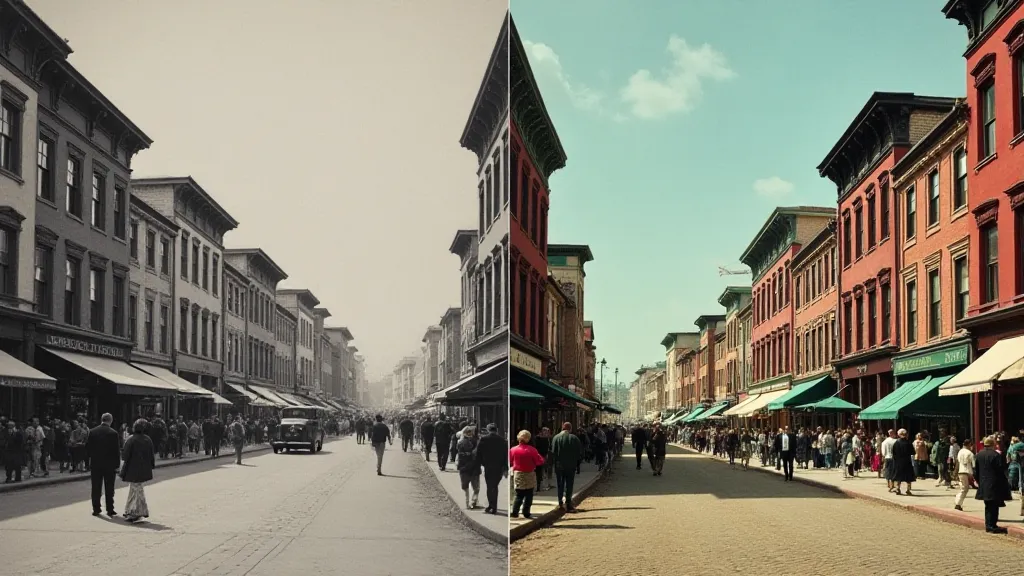
Beyond the Technique: Respecting the History
Digital photo restoration and colorization are technical skills, but they's also an act of preservation. You're not just tweaking pixels; you’re breathing new life into a piece of history. The responsibility that comes with that shouldn’t be taken lightly. While creative license is inevitable, strive for accuracy and authenticity. Research the era, consult historical references, and consider the context of the postcard. And most importantly, approach the process with respect and humility.
Consider the people depicted in the postcard. Imagine their lives, their stories, their hopes and dreams. You are, in a way, giving them a second chance to be seen, to be remembered. This emotional connection is what makes postcard colorization so rewarding.
The Future of Preservation: Sharing the Past
The rise of digital tools has democratized the art of postcard colorization. More and more people are rediscovering the beauty of these historical treasures and sharing them with the world. Online forums, social media groups, and specialized websites provide a platform for sharing knowledge, showcasing work, and connecting with fellow enthusiasts. The collective effort of these individuals is contributing to a growing appreciation for the importance of preserving our shared history.
Digital alchemy isn’t just about transforming pixel dust into living history; it’s about connecting with the past, honoring the craftsmanship of a bygone era, and sharing the beauty of these forgotten treasures with future generations. It's a craft that blends technical skill with artistic vision, and emotional connection.
